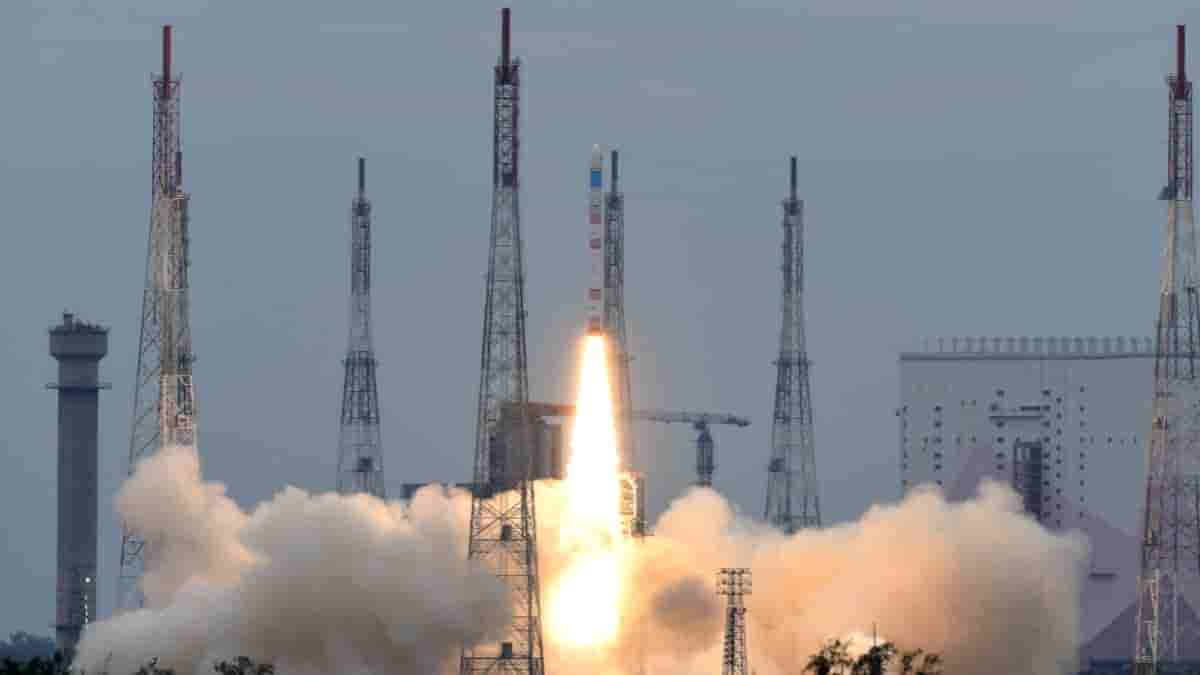New generational rocket produced by ISRO is emerging today in India and around the world

To support the launch of up to 500 kg of satellites to Low Earth Orbits on a “launch-on-demand” basis, ISRO developed the small satellite launch vehicle (SSLV). On August 7, 2022, at 9:18 a.m. (IST) from the First Launch Pad of the Satish Dhawan Space Centre, Sriharikota, the first developmental mission SSLV-D1/EOS-02 Mission is scheduled. EOS-02, a 135 kg satellite, would be launched by SSLV-D1 into a low earth orbit with an inclination of roughly 37 degrees, 350 km from the equator. The satellite AzaadiSAT is also carried during the expedition.
The SSLV has three solid stages that weigh 87 t, 7.7 t, and 4.5 t. A liquid propulsion-based velocity trimming module places the satellite into the desired orbit. Mini, Micro, or Nanosatellites (10 to 500 kg mass) can be launched by SSLV into a 500 km planar orbit. Access to Space is affordably provided by SSLV based on demand. It has quick turnaround times, can accommodate several satellites, is capable of launch-on-demand, requires less launch infrastructure, etc. The SSLV-D1 is a 34 m tall, 2 m in diameter, and 120 t lift-off mass vehicle.
In a statement released by the Chairman of ISRO, he listed some of the problems the rocket had faced. he said ” New generational rocket produced by ISRO is emerging today in India and around the world. We are happy to tell you that the first launch for experimental and development of SSLV carrying two satellites took place today on 7th August, 9:18 hrs. The vehicle took off majestically with its solid first, second and third stages, all three stages have performed very well. The entire vehicle performance was good during the mission, and finally, when it reached orbit at an altitude of 356 km, the satellite was sub-written with EOS-02. However, the satellite was placed in a relative orbit rather than the circular orbit. The 356 km circular orbit was the correct orbit but to place the satellite on an orbit in 356 km by 75 km being the lowermost point, it is closest to the surface of Earth.
When you place the satellite in such orbit, it will come down eventually, and it did come down we found out that the issue related to the SSLV has been reasonably identified and will go deeper into it. It is primarily due to the inefficiency of the system which we will have to look into carefully and correct. Other than that all other parts and elements performed very well. Now, we will evaluate the one mistake about why the rocket went into the other orbit with an expert set of people and we will fix this problem and soon launch SSLV-D2.”
SSLV-D1/EOS-02 Mission: Statement by Chairman, ISRO https://t.co/5FaOhMAXU4
— ISRO (@isro) August 7, 2022


